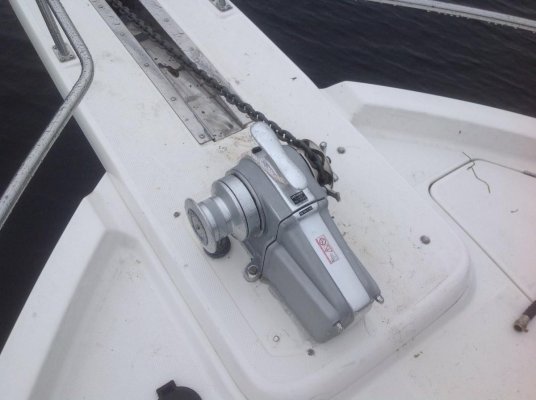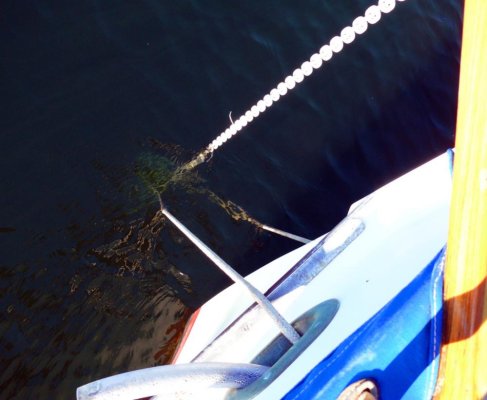Yes I use a snubber. But I've often wondered how many windlasses are damaged by not using one. Is this a red herring topic? The deck mounted drums on the front of most commercial fishing boats are snubber free from my observations. How about the enormous strains imposed on sailing winches?
I anchored for years on the Mississippi with an all rope rode and windlass holding all the current induced strain. Never had an issue. Guess that Trojan woodie was just stouter than our FRP vessels today.
Tom, are you looking to get a job on "Myth Busters"?
That old tale about windlasses being destroyed by the pull of the chain has been around forever but, speaking for myself here, I've never actually met someone who suffered that.
BTW, when are you headed back south? 10/29 for us.

![unnamed[1] (2).jpg](/data/attachments/40/40955-9e61a3b6681a2bc68ec583acb679b550.jpg)





